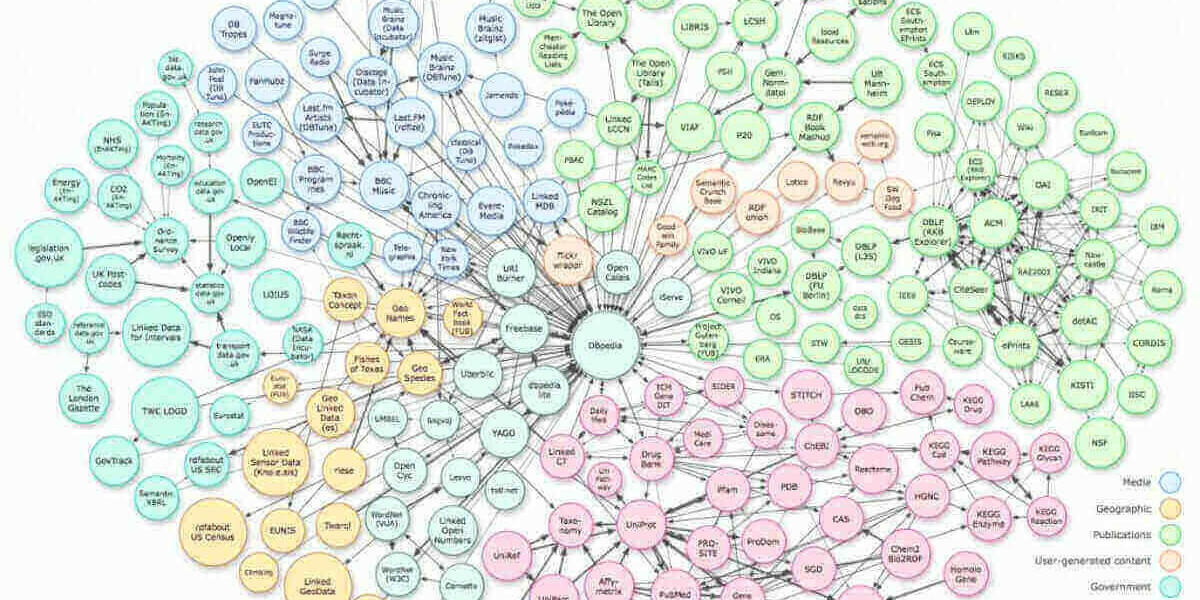Knowledge graphs have emerged as a transformative tool in the way organizations and individuals understand, organize, and utilize information. At their core, knowledge graphs are structured representations of knowledge where entities such as people, places, and concepts are interconnected through relationships. This structure allows machines to understand the context and semantics of information, rather than merely processing raw data. By providing a network of interconnected facts, knowledge graphs enable smarter search results, improved recommendation systems, and more efficient data management.
The adoption of knowledge graphs spans multiple industries, from technology and healthcare to finance and education. In technology, companies like Google leverage knowledge graphs to enhance search engine capabilities, offering users more relevant answers and insights directly in search results. Healthcare providers use knowledge graphs to map relationships between diseases, treatments, and genetic data, improving diagnosis accuracy and patient care. In finance, knowledge graphs help in detecting fraud by analyzing complex relationships between transactions, accounts, and entities.
One key advantage of knowledge graphs is their ability to integrate disparate data sources. Organizations often struggle with siloed data across various systems, making it difficult to generate actionable insights. Knowledge graphs bridge these gaps by creating a unified, interconnected view of information. This interconnectedness also supports advanced AI applications such as natural language processing, question-answering systems, and predictive analytics.
Despite their benefits, implementing knowledge graphs comes with challenges. Building an accurate and comprehensive knowledge graph requires careful data curation, ontology design, and continuous updating to ensure relevance. Data quality and consistency are critical, as inaccurate relationships can lead to misleading insights. Furthermore, the complexity of graph algorithms and the computational resources required for large-scale knowledge graphs can pose technical hurdles for organizations.
Looking ahead, knowledge graphs are poised to play a pivotal role in the evolution of artificial intelligence and semantic web technologies. As AI systems become more sophisticated, the demand for context-aware, relationship-driven knowledge representations will grow. Companies and researchers are exploring ways to automate knowledge graph construction, improve reasoning capabilities, and integrate real-time data streams to make knowledge graphs even more dynamic and actionable.
Source - https://www.marketresearchfuture.com/reports/knowledge-graph-market-23387
Knowledge graphs represent a powerful approach to capturing and utilizing knowledge. By connecting entities and their relationships in a structured manner, they enable better decision-making, intelligent search, and advanced AI functionalities. While challenges exist in their implementation and maintenance, the potential benefits of knowledge graphs make them a cornerstone of modern information management and a critical component of future technological innovations.








